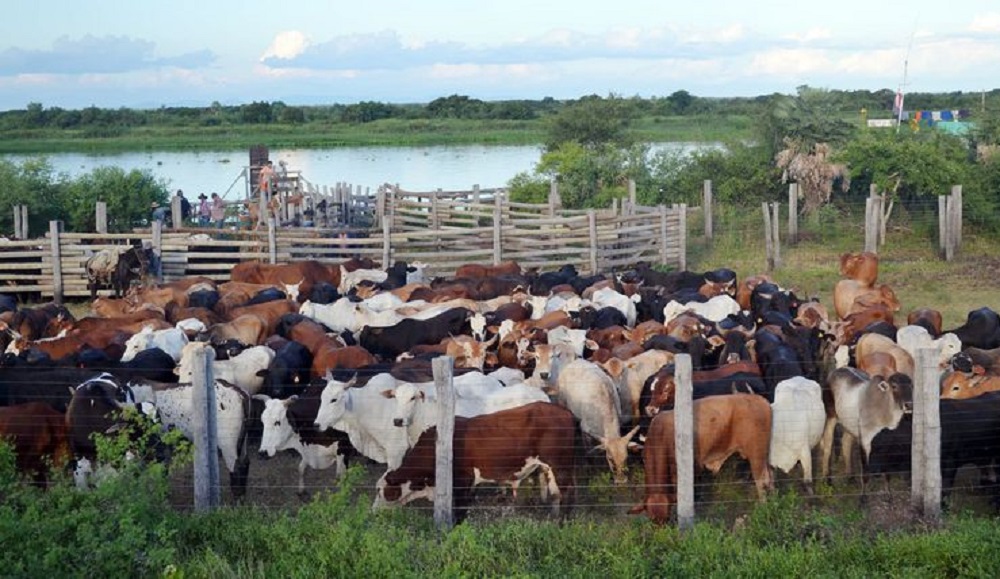RIO DE JANEIRO, BRAZIL – Producers’ efforts to improve genetic quality is precisely what allowed cattle raising to be one of the sectors that sustained the country and positioned it as a major player in the global market.
Paraguay is very advanced in terms of reproduction, compared to other countries in the region, said Paraguayan Association of Animal Reproduction (APRA) president Daniel Rehnfeldt, regarding livestock productivity.

He said that this is due to the fact that the veterinary field assigns great importance to reproduction, an extensive and even cumbersome task, which helps the growth of cattle raising with genetic quality and international standards.
“Our country is very advanced and well positioned in terms of reproduction because in other countries these andrological studies are not performed. You can buy an animal abroad, take it to the ranch, but the animal will not reproduce,” he explained.
Therefore, at a local level, APRA seeks to ensure that the animals offered, particularly during cattle shows, have the required reproduction guarantee and meet the producer’s interests, he said.
APRA is an association of veterinarians specialized in animal reproduction, in small ruminant cattle; they work within the framework of the exhibition it has been organizing for 6 years on an outsourced basis, consisting in the inspection of animals admitted.
350 EXHIBITORS
A total of 350 cattle exhibitors take part in the 75th National Livestock Expo 2021, which began on Thursday (16) morning at the headquarters of the Rural Association of Paraguay (ARP), explained Central Exhibitions Committee president José Costa.
He pointed out that the day began with very high expectations considering that bringing 1,800 animals of various breeds is not an easy task, implying a significant challenge for the event’s organization.
“This amount of animals is only 15% lower than what we usually have at the Expo, held every year in July, organized between the ARP and the UIP. We believe that this number of participants is more than satisfactory and encouraging,” José Costa said.
He added that this event aims to display the material produced in the country, as the results exhibited require several years of work and the goal is that the animals are taken to the fields to reproduce.

